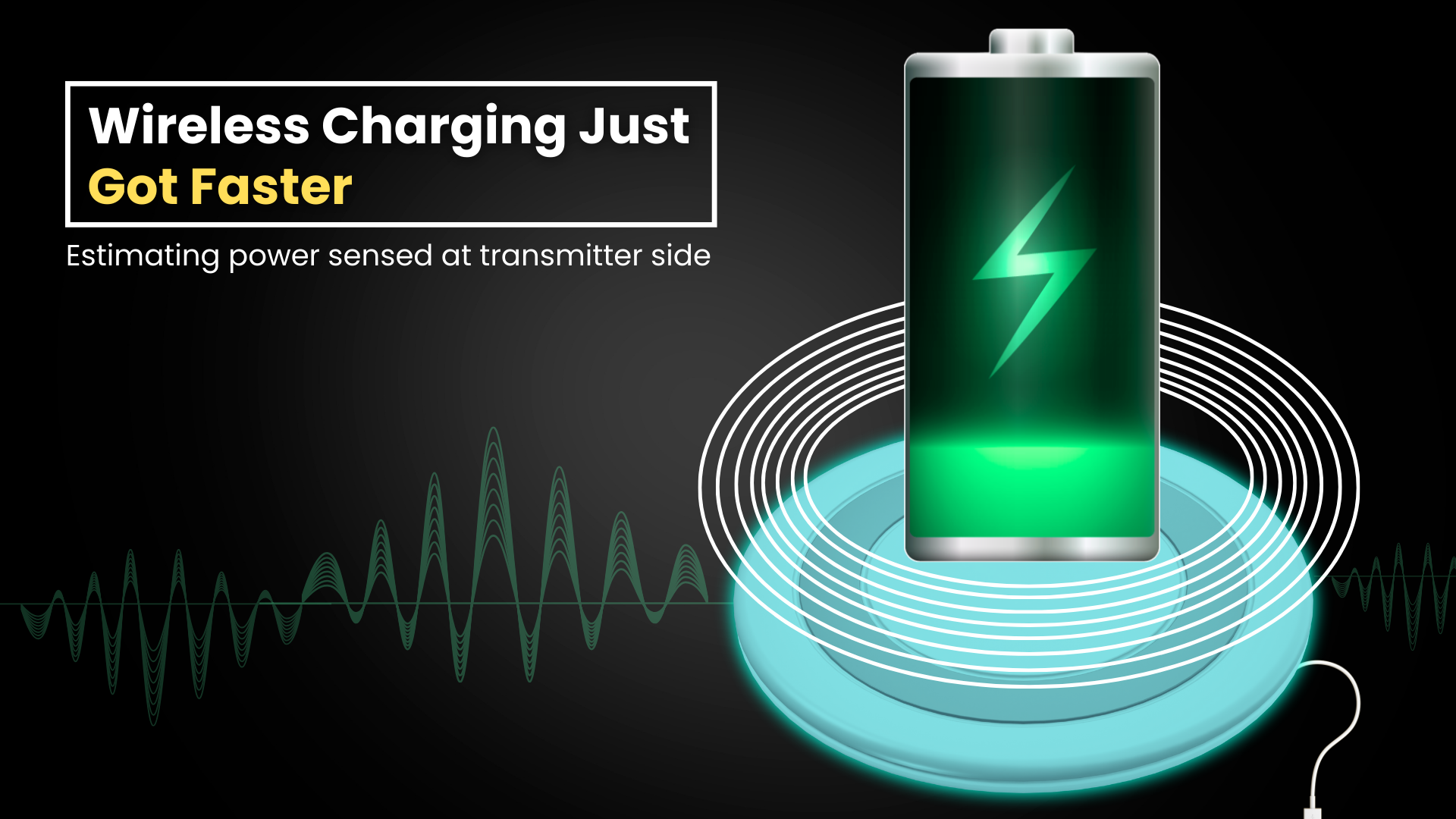
Leaps and bounds achieved in the field of unsteady aerodynamics due to concerted efforts of many researchers have allowed humans to soar skies and later aiming to become space faring beings. Some mysteries in unsteady aerodynamics however remain to be unravelled. Especially intriguing is the unsteady aerodynamics of flapping wings and swimming fish due to their natural propulsion mechanisms and associated rich dynamical phenomena. A good understanding of these mechanisms would enable efficient design of bio-mimetic (mimicking biological processes) propulsive and energy-harvesting devices.
On one hand, high-fidelity simulations have become possible due to computing hardware advancements. For unsteady flows past moving bodies, body non-conformal mesh based approaches such as the Immersed Boundary Method (IBM) are often preferred. This is because IBM alleviates the need for re-meshing every time a body moves in the computational domain. Despite these advantages, high-fidelity simulations still involve significant computational burdens and are memory intensive for parametric exploration, real-time query, or solving inverse problems.
On the other hand, in the case of experiments, or real life observations, only partial data of the flow-field such as sparse velocity data are obtained. Pressure measurements are either difficult or impossible to obtain non-intrusively around the moving body. Hence, a way to recover near-field pressure non-intrusively from sparse velocity data would be extremely valuable.
This is why surrogate models are necessary to minimise computational and memory costs. Nowadays, Machine Learning (ML) methods are proving to be promising candidates for surrogate modeling and solving inverse problems in fluid mechanics. This is because they are effective in solving complex pattern recognition problems, and are suitable for real-time query applications. But traditional machine learning approaches often need large amounts of data, which becomes expensive in the field of fluid mechanics.
Mitigating this, a novel paradigm fusing the best of ML and known physics called physics informed machine learning has recently emerged. Physics informed machine learning, of which physics-informed neural networks (PINNs) are a part, allows one to solve previously intractable problems in science that too in a limited data regime. These problems include hidden physics recovery, data assimilation, system identification and data-driven model discovery.
PINNs achieve this by embedding the complete or partial knowledge of the underlying physics of the system in an objective function which is then optimised. PINNs once trained on a given spatio-temporal (space-time) domain, allow for query at any temporal/spatial location within the given domain. PINNs are also memory efficient, and once trained can carry out querying with the model parameters alone. They are extremely flexible to implement and provide a smooth continuous function of input variables thereby becoming automatically differentiable.
However, PINNs have not been explored extensively for unsteady flows past moving bodies.

In this recent study, an immersed boundary aware (IBA) surrogate modeling framework based on PINNs for unsteady flows past moving bodies has been proposed. The authors of this study are Mr. Rahul Sundar, Dr. Dipanjan Majumdar, and Prof. Sunetra Sarkar from the Department of Aerospace Engineering, Indian Institute of Technology Madras, Chennai, India, and Dr. Didier Lucor from Universite Paris-Saclay, CNRS, Laboratoire Interdisciplinaire des Sciences du Numerique (LISN), Orsay, France.
The goal of this study is to couple the benefits of PINNs with a fixed Eulerian frame of reference, and proposes an immersed boundary aware (IBA) framework for developing surrogate models for unsteady flows past moving bodies. Therefore, this framework also removes the limitations of case-specific computational domain transformations otherwise required for such flows.
Typically, one might encounter situations where either the moving body’s shape and configuration are known a priori (theoretically) or unknown. Hence, two PINN variants have been formulated under the IBA framework catering to each of these situations. These are – a moving-boundary-enabled standard Navier-Stokes based PINN (MB-PINN), and a moving-boundary-enabled IBM based PINN (MB-IBM-PINN).
Overall, MB-PINNs are found to be more useful in situations where the body position and velocity are known a priori. Whereas, MB-IBM-PINNs are more beneficial in non-ideal situations, where the exact position of the body or velocity are not known. To improve the model predictions under a fixed budget and limited data, a physics based undersampling technique was also proposed.
While pressure recovery is considered as the main example in this study, the immersed boundary-aware framework need not be exclusive to just this problem. The generality of the proposed framework could also potentially allow solving forward and other inverse problems in the domain of unsteady aerodynamics.
Given how these PINN based surrogates are capable of real-time queries, they could be useful for challenging flow-control problems involving moving bodies. This can be one exciting future direction of research along with further enhancements to the framework in terms of model architecture and training methodologies. Such enhancements will help towards large-scale and complex moving body problems.
Prof. Murali Damodaran, Visiting Professor at the Department of Aerospace Engineering, Indian Institute of Technology Kanpur, Kanpur, India, summarized the importance of this study with the following comments: “The work by the authors is a relevant contribution to the growing body of efforts by many other researchers in the application of physics informed neural networks (PINNs) in applied aerodynamics as well as in the general field of continuum mechanics since the past 7 years. This work shows how PINNs serve as a surrogate for predicting unsteady flow prediction associated with a plunging airfoil and will set the base for further extension to a pitching and plunging airfoil and the prediction of the onset of flutter by coupling this with a suitable PINN based structural model.”
Article by Akshay Anantharaman
Click here for the original link to the paper










